Erté – A Deep Dive Exploration of Erté’s Art and Design
When exploring the captivating world of 20th-century art, one name that shines brightly is Erté. Known for his exceptional talent and distinctive style, Erté transcended traditional artistic boundaries, seamlessly blending the realms of visual art and fashion. Often referred to as the “Father of Art Deco,” Erté’s iconic creations continue to captivate audiences with their timeless elegance and unparalleled sophistication to this day. In this article, we delve into the mesmerizing realm of Erté’s art, tracing the remarkable journey of this visionary artist who left an indelible mark on both the artistic and fashion landscapes.
Artist Abstract: Who Was Erté?
| Name | Romain de Tirtoff (pseudonym Erté) |
| Date of Birth | 23 November 1892 |
| Date of Death | 21 April 1990 |
| Nationality | Russian-French |
| Periods | Art Deco |
Throughout his remarkable career, Erté’s artistry and dedication to aesthetic excellence continue to inspire and captivate audiences. His enduring legacy serves as a testament to his unwavering commitment to beauty, elegance, and the artistic possibilities that arise when imagination knows no limits.
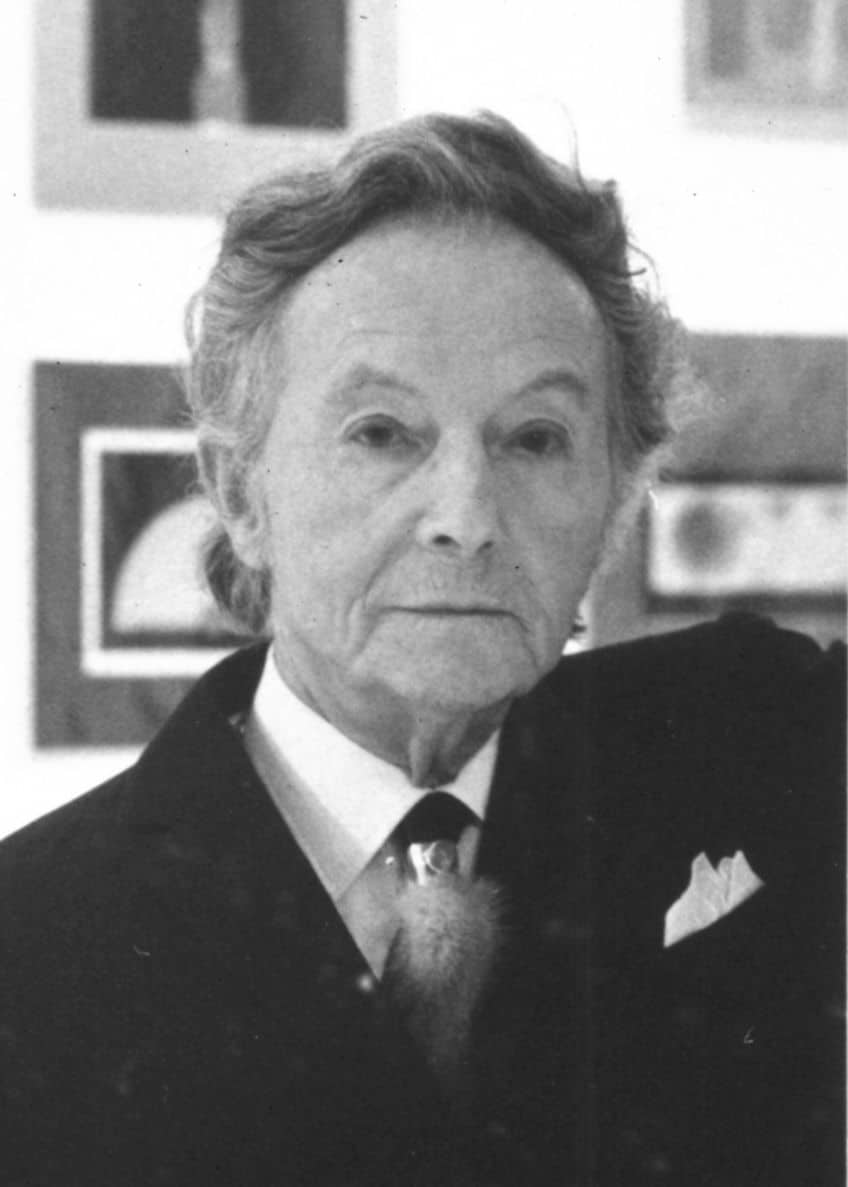
Childhood and Early Influences
Born as Romain de Tirtoff on November 23, 1892, in St. Petersburg, Russia, the artist who would later be known as Erté displayed an innate creative spark from a young age. Growing up in a culturally rich environment, he was surrounded by art, music, and theater, as his father was a respected Russian admiral and his mother a talented amateur painter.
These early experiences would shape his artistic sensibilities and ignite his lifelong passion for the arts.
Training and Early Artworks
At the age of five, Erté discovered a fascination with fashion illustrations in French magazines, which sparked his interest in design and clothing. Despite his father’s wishes for him to pursue a military career, Erté enrolled at the Academy of Fine Arts in St. Petersburg, where he studied drawing and painting. During this time, he developed a keen eye for detail and a mastery of line work, skills that would become hallmarks of his later creations.
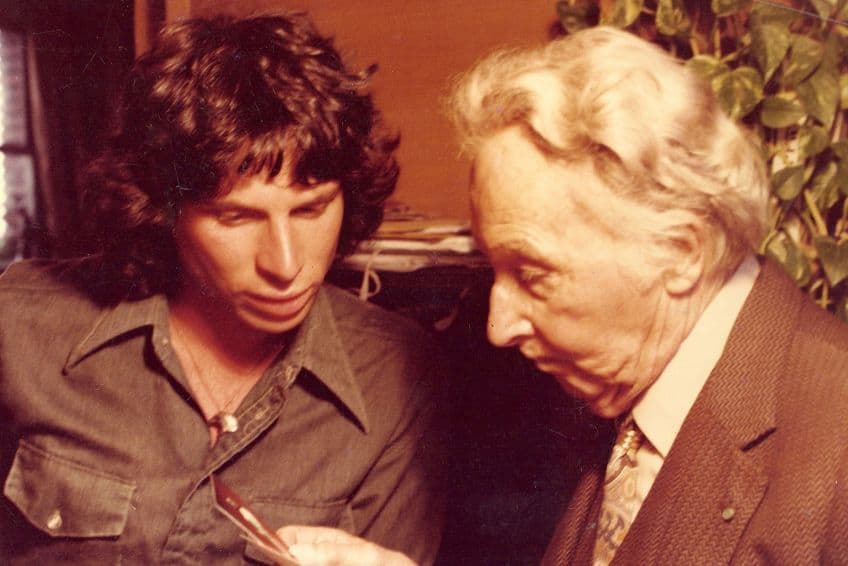
Major Career Achievements
In 1910, at the age of 17, Erté moved to Paris, the epicenter of art and culture at the time. There, he began working as a freelance fashion illustrator for esteemed publications such as Harper’s Bazaar and Vogue. His avant-garde and imaginative designs swiftly garnered attention, establishing him as one of the most sought-after illustrators of the era.
Erté’s career flourished in the 1920s, as he ventured into costume and set design for the theater and film industry.
He collaborated with the legendary Folies Bergère and designed costumes for stars like Josephine Baker. Additionally, his theatrical designs extended to productions on Broadway, including the iconic Ziegfeld Follies.
Erté Fashion
Erté seamlessly bridged the worlds of art and fashion, leaving an indelible mark on the industry. His innovative designs and unparalleled craftsmanship continue to captivate audiences with their timeless elegance and artistic finesse.
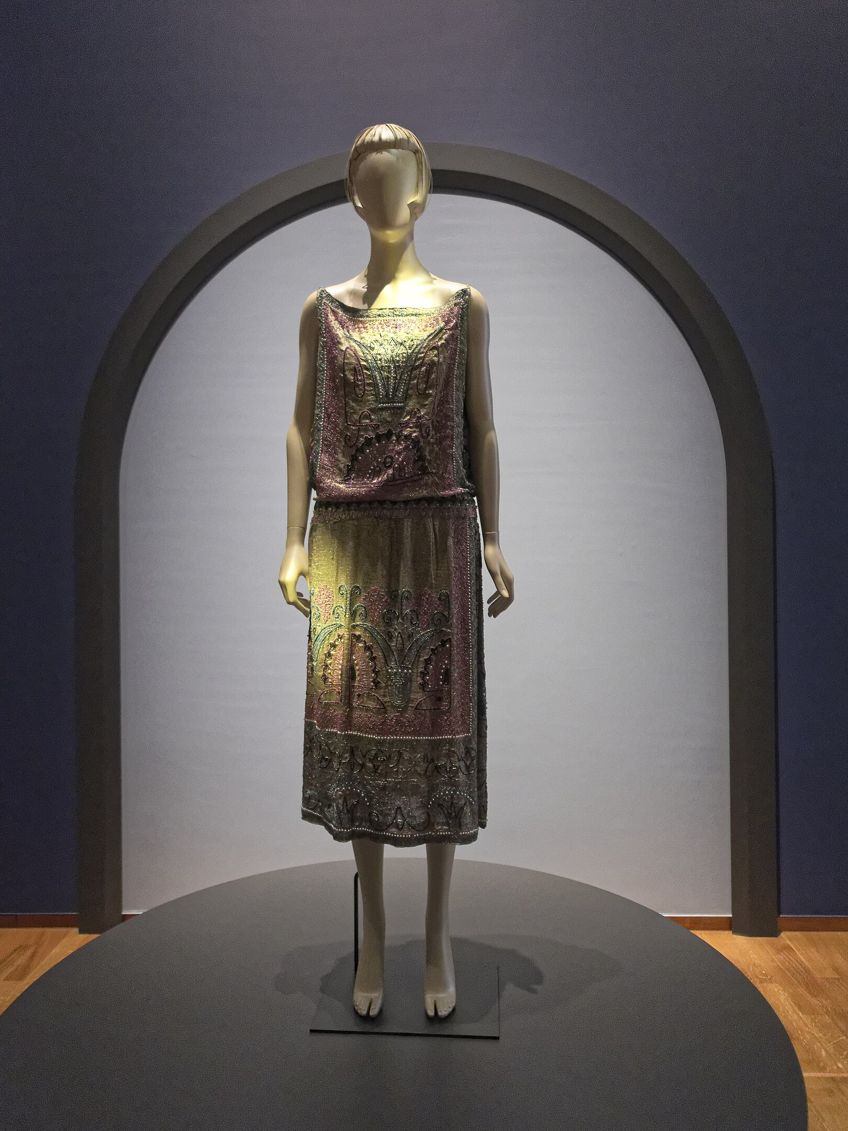
The Collaboration With Fashion Icons
Erté’s influence extended beyond his individual designs as he collaborated with renowned fashion icons of his time. He worked closely with prestigious fashion houses, such as Paul Poiret and Louis Vuitton, lending his artistic vision to their collections. Erté’s imaginative illustrations and design concepts breathed life into the fashion world, inspiring and guiding the direction of haute couture.
His collaboration with these esteemed establishments solidified his position as a pioneering force in the fashion industry.
Enduring Legacy and Contemporary Inspiration
Erté’s fashion creations continue to inspire contemporary designers and fashion enthusiasts alike. His timeless elegance, meticulous craftsmanship, and innovative design concepts remain relevant in the ever-evolving fashion landscape. From red carpet events to editorial shoots, Erté’s influence can be seen in the work of designers who draw inspiration from his artistic vision. His iconic designs, characterized by their enduring beauty and timeless allure, have become a source of inspiration for those who strive to infuse artistry into fashion.

Art Deco and Art History
Art Deco is a prominent artistic and design movement that emerged in the early 20th century, particularly flourishing during the 1920s and 1930s. It was characterized by a distinctive blend of decorative and geometric elements, sleek lines, and a sense of luxury and opulence. Art Deco encompassed a wide range of artistic disciplines, including architecture, interior design, visual arts, fashion, and graphic design.
Influenced by various art movements and cultural sources, such as Cubism, Constructivism, and ancient Egyptian and Aztec art, Art Deco sought to embody modernity and celebrate the machine age while incorporating elements of classical elegance.
It emphasized symmetry, stylized forms, and the use of luxurious materials, resulting in visually striking and glamorous creations. Art Deco’s enduring legacy can be seen in the iconic architecture of cities like New York and Miami, as well as in the enduring popularity of Art Deco-inspired design in various industries today.
Erté’s iconic works perfectly embodied the spirit of the era, capturing the zeitgeist of the Roaring Twenties and the Jazz Age. Erté’s contributions to Art Deco extended beyond fashion, as he also created sculptures, jewelry, and graphic designs that exuded the movement’s characteristic aesthetic.
Erté’s Art in the Socio-Political Context: A Harmonious Fusion of Elegance and Turbulence
The art of Erté did not exist in a vacuum. Rather, it emerged within a specific socio-political climate, particularly during his prolific career in France. This article delves into the intricate relationship between Erté’s art and the French socio-political landscape, exploring how external forces and internal struggles shaped his creative vision.
Here, we will uncover the profound impact of historical events on Erté’s artistry, highlighting his ability to harmoniously fuse beauty and turbulence.
The Belle Époque: A Gilded Age of Inspiration
During the early years of Erté’s career, France experienced the Belle Époque, a period of peace, prosperity, and cultural flourishing. The country was a hub of artistic innovation, with Paris as its vibrant epicenter. Erté, deeply influenced by the creative energy surrounding him, immersed himself in this golden era, drawing inspiration from the luxurious lifestyles, glamorous soirées, and the indulgence of the elite. His artworks of this period exuded a sense of enchantment and optimism, reflecting the zeitgeist of the Belle Époque.
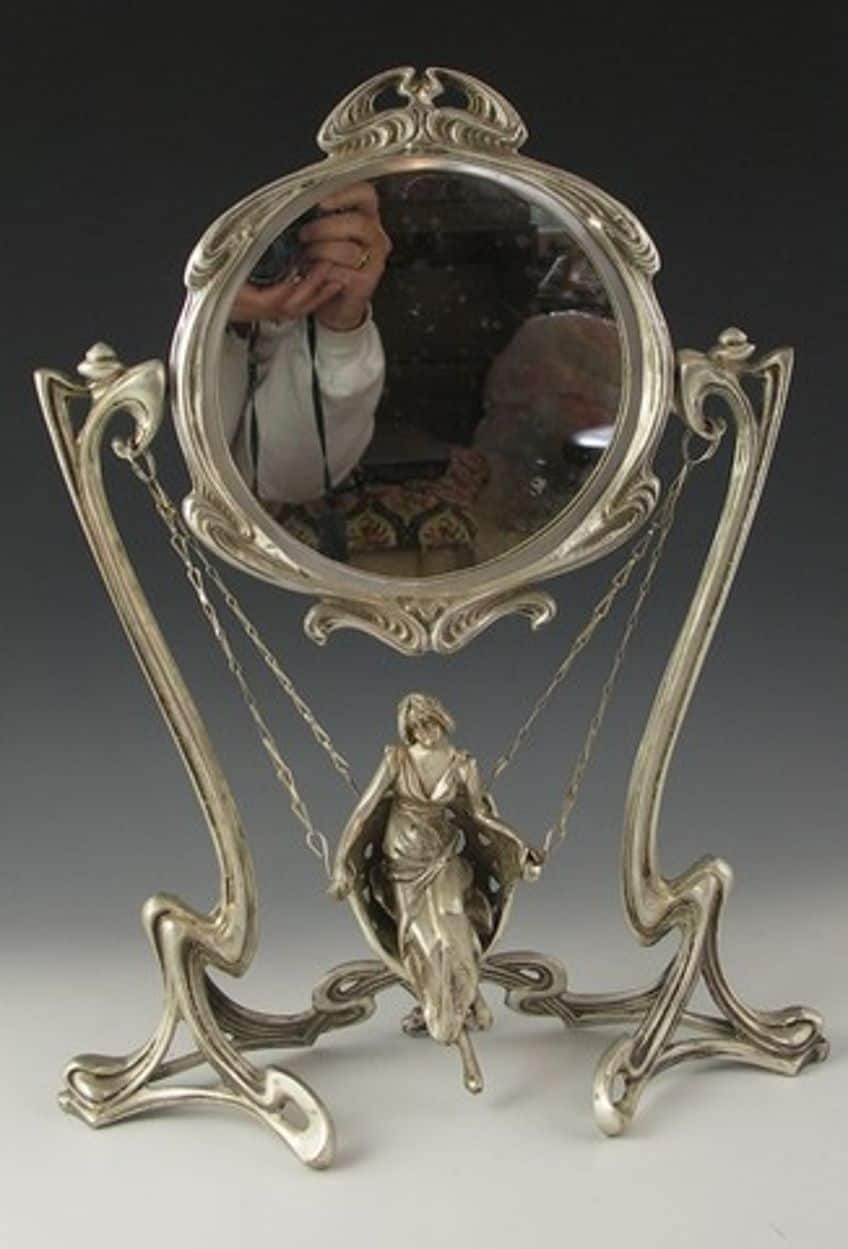
World War I: A Shattered Paradise
The outbreak of World War I in 1914 shattered the idyllic ambiance of the Belle Époque, plunging France into a tumultuous period marked by loss, destruction, and social upheaval. Erté, like many artists of his time, experienced the transformative impact of the war. As a Russian immigrant living in France, he witnessed the devastating consequences of the conflict and its effect on society.
In response, his art took on a more somber tone, depicting themes of resilience, survival, and the fragility of human existence.
The Roaring Twenties: Decadence and Artistic Freedom
Following the war, France entered the exuberant era of the Roaring Twenties. This period, characterized by cultural liberation and the pursuit of pleasure, provided fertile ground for Erté’s creativity to flourish. Embracing the spirit of the times, his works became bolder, more lavish, and intricately detailed. Erté’s designs mirrored the extravagant lifestyle of the elite, capturing the essence of the Jazz Age and the spirit of liberation that permeated the post-war society.
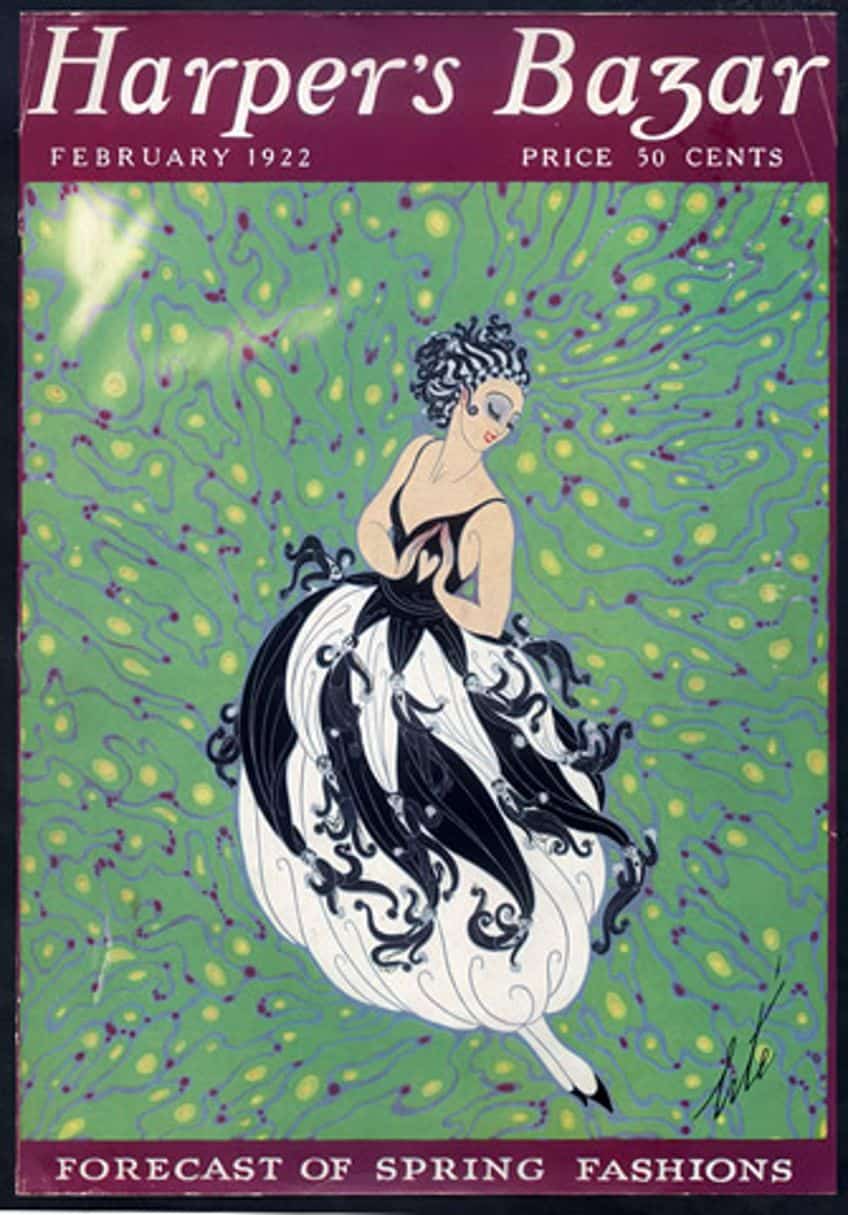
The Great Depression: A Test of Resilience
The onset of the Great Depression in 1929 cast a shadow of economic hardship and uncertainty over France and the rest of the world. Erté, known for his glamorous and luxurious creations, faced new challenges as the demand for opulent fashion dwindled. Adapting to the changing times, he turned his attention to other artistic endeavors, including set and costume design for theater and film.
Despite the prevailing hardships, Erté’s art continued to provide a respite from the harsh realities of the era, offering glimpses of beauty and escapism.
Erté Art
Erté’s artworks exhibit exceptional technical mastery and attention to detail, showcasing his commitment to precision and craftsmanship. His expertise in line work is evident in the fluidity and elegance of his designs, as sinuous curves and intricate patterns define his compositions.
Erté’s use of color is deliberate and impactful, whether employing monochromatic palettes to enhance drama or harmoniously blending hues to create a vibrant visual experience. His ability to balance intricate details with overall composition creates a sense of visual harmony, while his understanding of perspective and proportion adds depth and dimension to his creations. Erté’s technical prowess extends beyond two-dimensional art, as he seamlessly transitions his design sensibilities into three-dimensional sculptures and costume designs.
Overall, his technical prowess and meticulous approach to his craft contribute to the enduring appeal and timeless beauty of his art.
Visual and Conceptual Analysis: The Alphabet Suite (1982) by Erté
| Title | The Alphabet Suite |
| Date | 1982 |
| Medium | 26 screenprints |
| Dimensions (cm) | 64.77 x 49.53 |
| Style | Contemporary Art and Art Deco |
| Location | N/A |
The Alphabet Suite is a renowned series of artworks created by the iconic artist Erté. This collection, consisting of 26 individual works, each representing a letter of the alphabet, showcases Erté’s exquisite craftsmanship, attention to detail, and his ability to seamlessly blend visual aesthetics with conceptual depth. Through a detailed visual and conceptual analysis, we will explore the key elements that make this series a testament to Erté’s artistic brilliance.
Visual Analysis
Each artwork in The Alphabet Suite is characterized by intricate designs and symbolic elements that correspond to the letter it represents. Erté’s careful awareness of detail is evident in the precise rendering of each letter, often embellished with patterns, motifs, and objects that evoke the essence of the corresponding word.
The use of flowing lines, geometric shapes, and ornate patterns create a harmonious visual composition, captivating the viewer’s eye.
Color Palette
Erté employs a diverse color palette throughout the series, carefully chosen to enhance the visual impact of each artwork. From vibrant and bold hues to subtle and muted tones, the colors not only bring life to the letters but also convey specific moods and atmospheres. Erté’s mastery of color harmonies and contrasts contributes to the overall visual richness of the series.
Figurative Representations
In some artworks, Erté incorporates figurative elements that interact with the letter’s form, enhancing its visual appeal and symbolic meaning. For instance, in the letter “D,” a sensuous woman is entwined within the curves of the letter, symbolizing femininity and allure. These figurative representations add a dynamic and narrative dimension to the otherwise abstract letterforms.
Conceptual Analysis
The Alphabet Suite goes beyond the visual representation of letters; it delves into the realm of symbolism, creating an allegorical exploration of language, communication, and human experience. Each artwork captures the essence of the letter it represents, evoking concepts and emotions associated with the corresponding word. Through his artistic interpretation, Erté invites viewers to contemplate the power and significance of language in our lives.
Narrative Potential
The series has a captivating narrative potential, as the combination of individual artworks forms a cohesive visual story. The progression from one letter to another suggests a journey through various themes and ideas, inviting viewers to engage in their own interpretations and connect the dots between the letters.
Erté’s ability to weave a cohesive narrative within the diverse range of letters showcases his storytelling prowess.
Timelessness and Universality
The Alphabet Suite possesses a timeless quality that transcends its creation period. Erté’s choice of universally recognized symbols, archetypal imagery, and fundamental concepts imbues the series with a sense of timelessness. The artworks resonate with viewers across different cultures and eras, tapping into the universal human experience and the enduring significance of language.
Visual and Conceptual Analysis: Symphony In Black (1983) by Erté
| Title | Symphony In Black |
| Date | 1983 |
| Medium | Color serigraph print on paper |
| Dimensions (cm) | 76.2 × 55.9 |
| Style | Contemporary Art and Art Deco |
| Location | N/A |
Symphony In Black is a captivating color serigraph print created by the renowned artist Erté. This visually striking artwork showcases Erté’s mastery of line work, composition, and his signature Art Deco style. Through a detailed visual and conceptual analysis, we will explore the key elements that make this piece an exemplar of Erté’s artistic brilliance.
Visual Analysis
Erté’s composition in Symphony In Black is balanced and harmonious. The central figure, a woman, takes the spotlight, standing tall and elegant in a black gown that cascades down her silhouette. Her pose exudes confidence and grace, as she raises her arms, forming elongated lines that guide the viewer’s gaze upwards.
This verticality is enhanced by the black dog at her side, making her seem tall and echoing her elongated features.
Lines and Patterns
Erté’s use of flowing lines is a hallmark of his style, and Symphony In Black is no exception. The woman’s gown is adorned with intricate patterns and geometric designs, showcasing the artist’s attention to detail. The sinuous curves of the lines create a sense of movement and dynamism, drawing the viewer into the artwork.
Color Palette
True to its title, Symphony In Black predominantly employs a monochromatic black color palette, punctuated by strategic accents of gold and white. The deep black hues lend a sense of mystery and drama, while the gold and white elements add contrast and sophistication. This limited color scheme enhances the overall elegance and visual impact of the artwork.
Conceptual Analysis: Elegance and Glamor
Symphony In Black embodies Erté’s fascination with elegance and glamor. The poised figure of the woman emanates a sense of sophistication and refinement. Her extravagant gown, with its ornate patterns and cascading layers, represents the epitome of high fashion.
Erté’s meticulous attention to detail and his ability to capture the allure of the Art Deco era shine through in this piece.
Movement and Music
The title Symphony In Black suggests a connection to music and movement. Erté’s flowing lines and dynamic composition create a visual rhythm, reminiscent of musical notes dancing on a staff. The woman’s raised arms and the upward lines guide the viewer’s gaze, evoking a sense of musical crescendo or a dancer’s graceful motions. This fusion of visual and musical elements heightens the overall sense of rhythm and harmony within the artwork.
Timeless Beauty
Erté’s works often transcend the boundaries of time, and Symphony In Black is no exception. The artist’s commitment to capturing timeless elegance is evident in the artwork’s enduring appeal. Despite being created in 1983, it exudes a classic charm that resonates with viewers today, maintaining its relevance and allure.
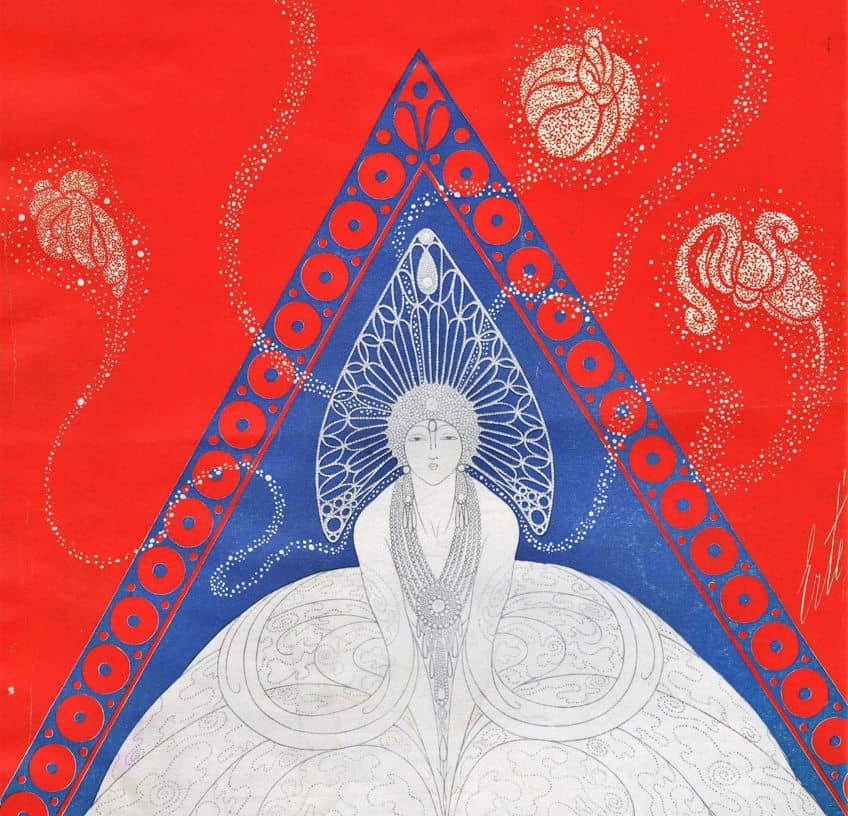
In the realms of Erté’s art, Erté’s fashion, and the Art Deco movement, the genius of this visionary artist shines brightly. Erté’s remarkable ability to easily combine the worlds of art and fashion created a timeless legacy that continues to captivate audiences to this day. His artistry, characterized by intricate details, flowing lines, and opulent materials, epitomized the essence of Art Deco. Through his exquisite fashion designs, Erté elevated clothing to the status of art, leaving an indelible mark on the fashion industry. The enduring influence of Erté’s work, both in the realms of art and fashion, cements his position as a true pioneer, and his contributions continue to inspire and shape the creative landscape. Erté’s legacy stands as a testament to the enduring power of artistic expression and the ability to transcend boundaries, forever etching his name in the annals of art and fashion history.
Frequently Asked Questions
What Are Some Fun Facts About Erté?
Erté, the extraordinary artist, is surrounded by fascinating facts that highlight the depth and breadth of his career. For starters, Erté was not his given name; rather, it was a pseudonym derived from the French pronunciation of his initials, R.T. (Roman de Tirtoff). This clever choice allowed him to establish a distinct artistic identity and set himself apart from his aristocratic background. What’s truly remarkable about Erté is the longevity of his career, spanning nearly eight decades from the early 20th century to the 1980s.
What Is Erté’s Artistic Legacy?
Throughout his artistic journey, he showcased his versatility by venturing into various mediums beyond fashion design and illustration. Erté made significant contributions to theater and film, lending his creative vision to costume and set design for movies like The Mystic (1925) and Ben-Hur (1959). While already well-established, Erté experienced a renewed wave of recognition in his later years. In 1967, the Museum of Modern Art in New York City hosted a major retrospective of his work, reintroducing his art to a new generation and solidifying his status as a celebrated and influential artist.
Nicolene Burger is a South African multi-media artist, working primarily in oil paint and performance art. She received her BA (Visual Arts) from Stellenbosch University in 2017. In 2018, Burger showed in Masan, South Korea as part of the Rhizome Artist Residency. She was selected to take part in the 2019 ICA Live Art Workshop, receiving training from art experts all around the world. In 2019 Burger opened her first solo exhibition of paintings titled, Painted Mantras, at GUS Gallery and facilitated a group collaboration project titled, Take Flight, selected to be part of Infecting the City Live Art Festival. At the moment, Nicolene is completing a practice-based master’s degree in Theatre and Performance at the University of Cape Town.
In 2020, Nicolene created a series of ZOOM performances with Lumkile Mzayiya called, Evoked?. These performances led her to create exclusive performances from her home in 2021 to accommodate the mid-pandemic audience. She also started focusing more on the sustainability of creative practices in the last 3 years and now offers creative coaching sessions to artists of all kinds. By sharing what she has learned from a 10-year practice, Burger hopes to relay more directly the sense of vulnerability with which she makes art and the core belief to her practice: Art is an immensely important and powerful bridge of communication that can offer understanding, healing and connection.
Nicolene writes our blog posts on art history with an emphasis on renowned artists and contemporary art. She also writes in the field of art industry. Her extensive artistic background and her studies in Fine and Studio Arts contribute to her expertise in the field.
Learn more about Nicolene Burger and the Art in Context Team.
Cite this Article
Nicolene, Burger, “Erté – A Deep Dive Exploration of Erté’s Art and Design.” Art in Context. July 21, 2023. URL: https://artincontext.org/erte/
Burger, N. (2023, 21 July). Erté – A Deep Dive Exploration of Erté’s Art and Design. Art in Context. https://artincontext.org/erte/
Burger, Nicolene. “Erté – A Deep Dive Exploration of Erté’s Art and Design.” Art in Context, July 21, 2023. https://artincontext.org/erte/.




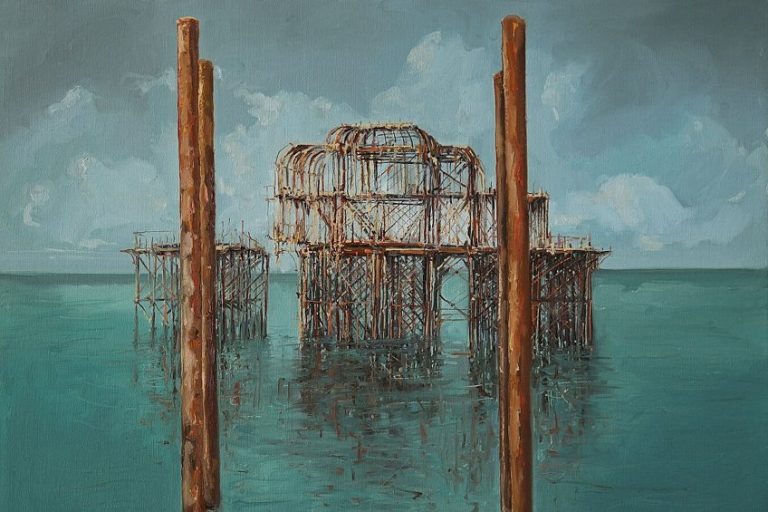
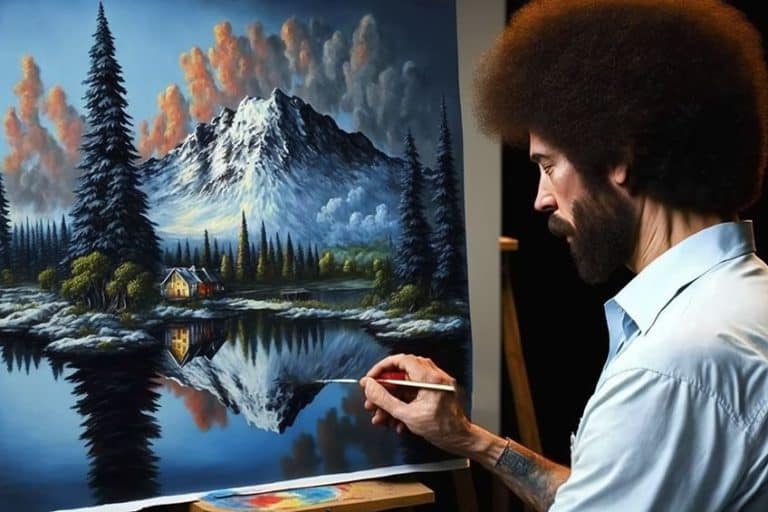

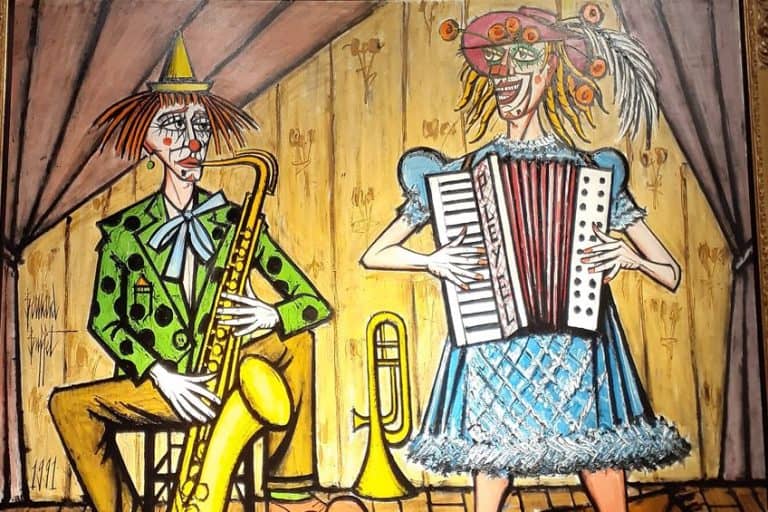

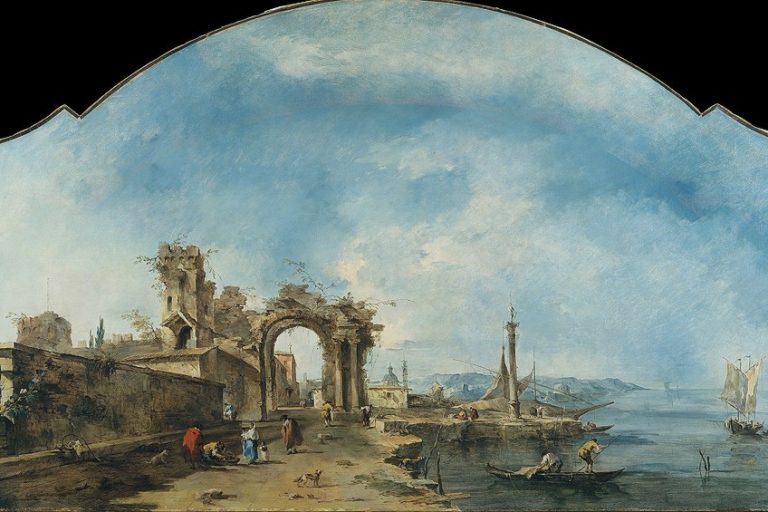


Keep up the great work! Thank you so much for sharing a great posts.